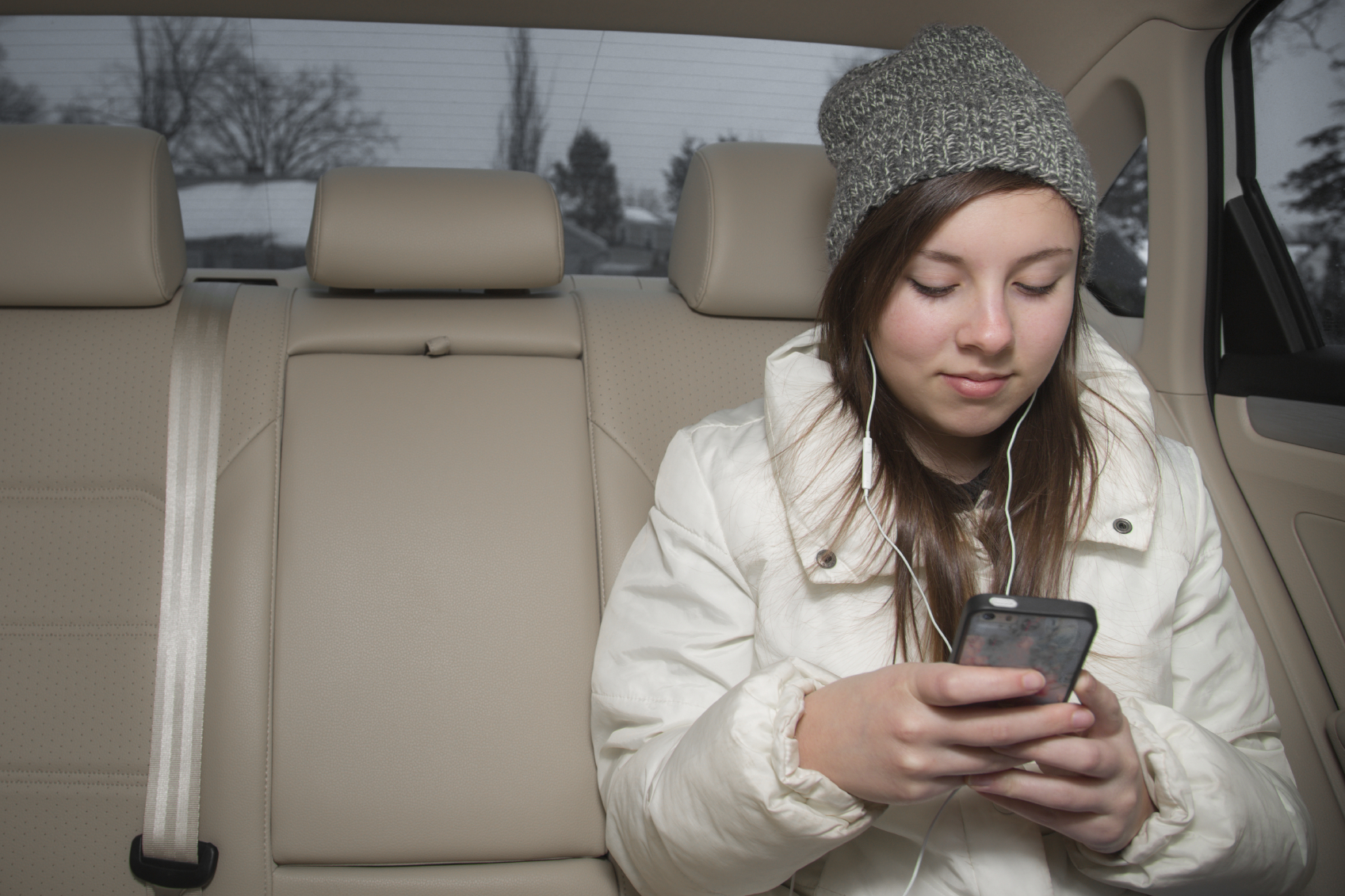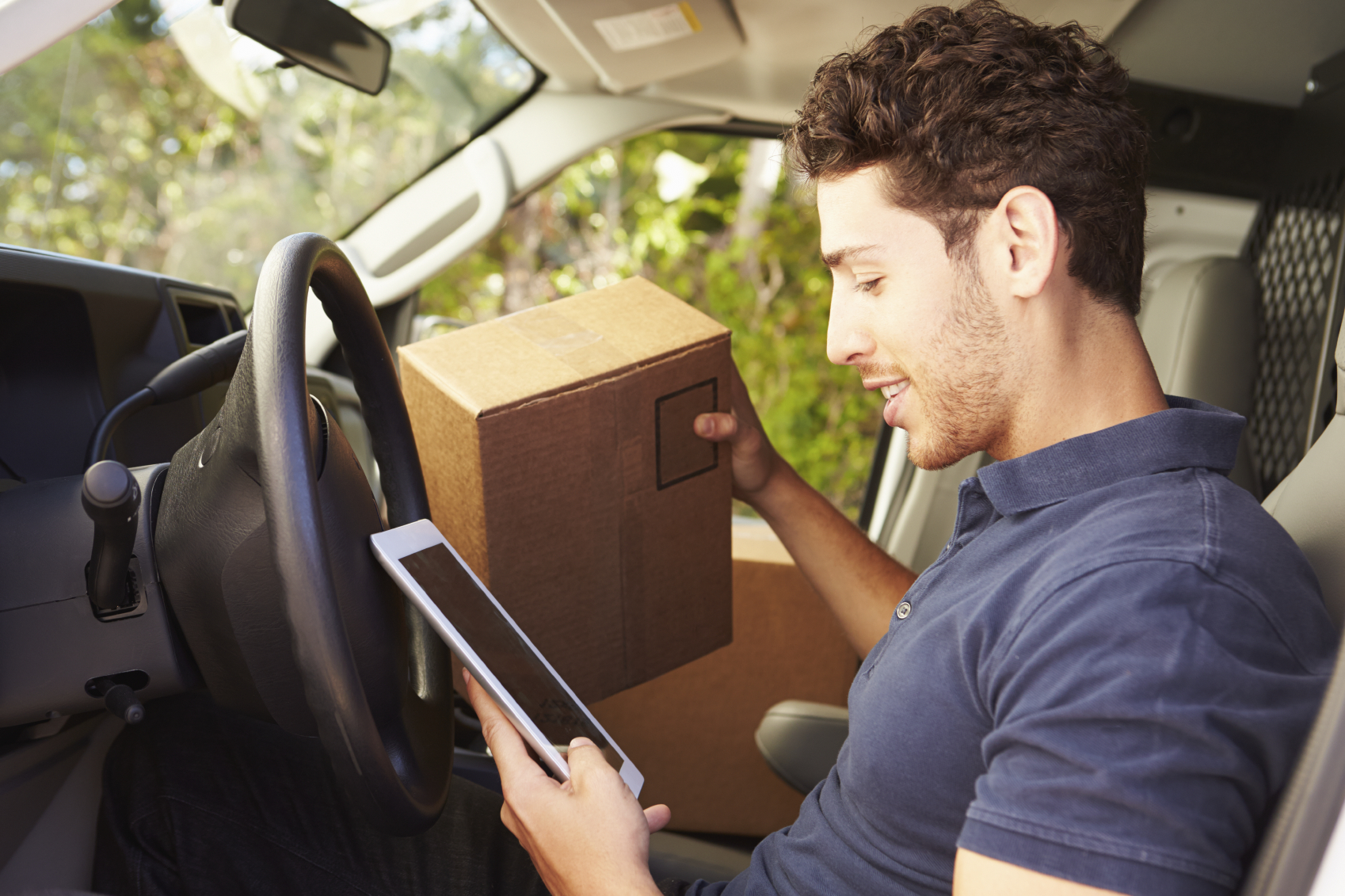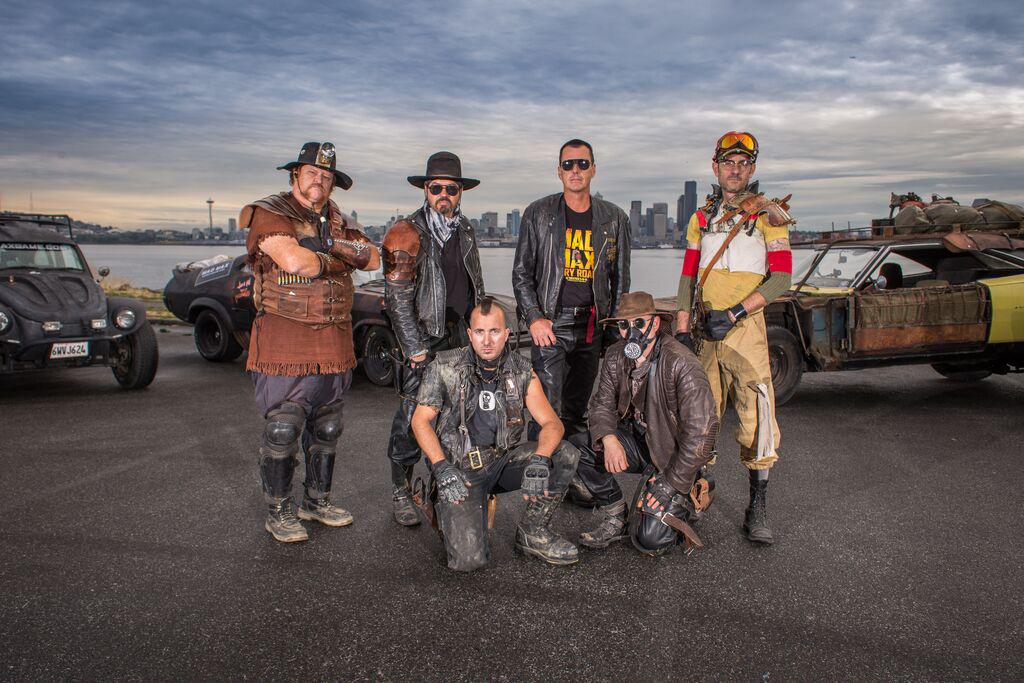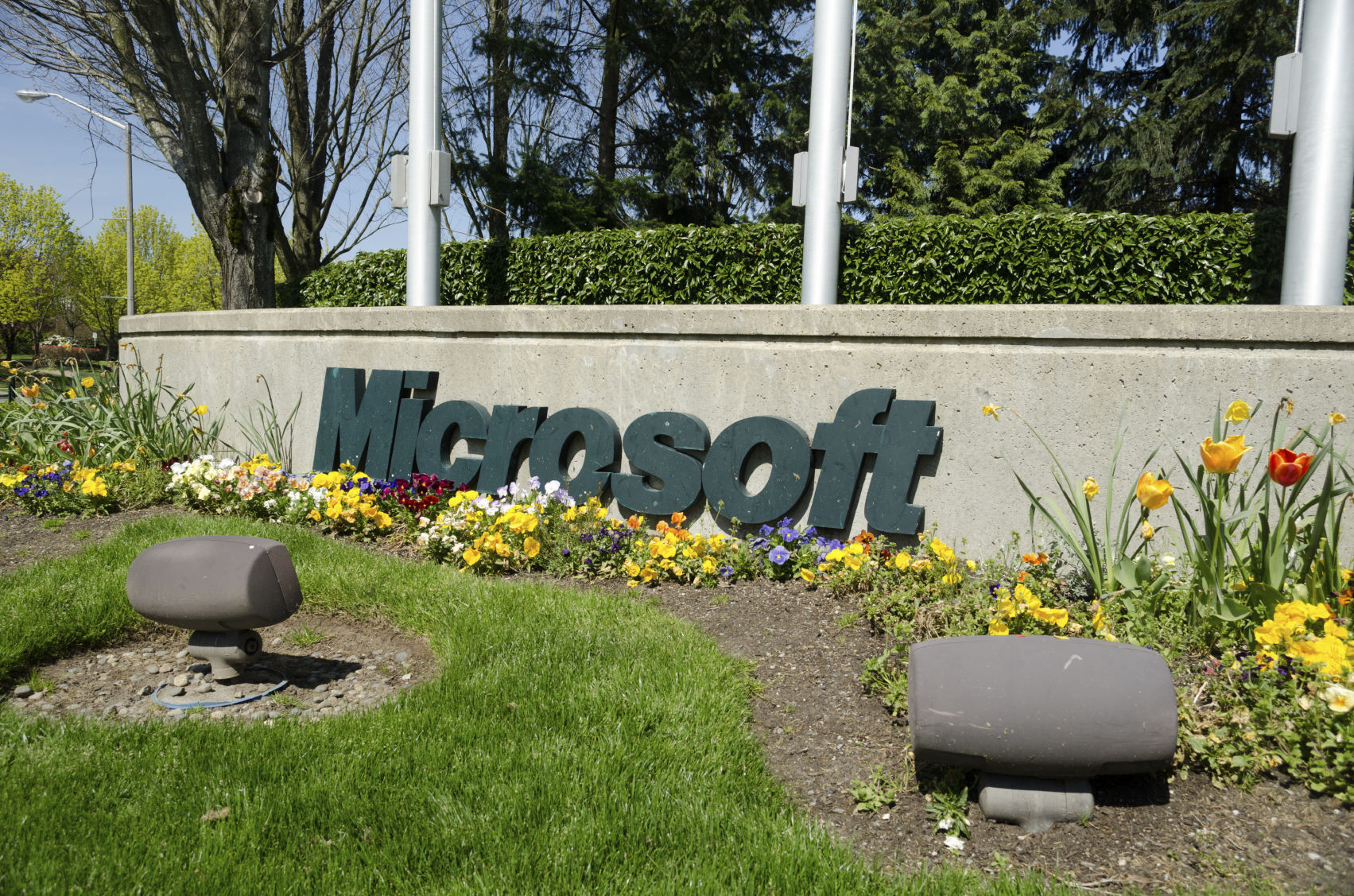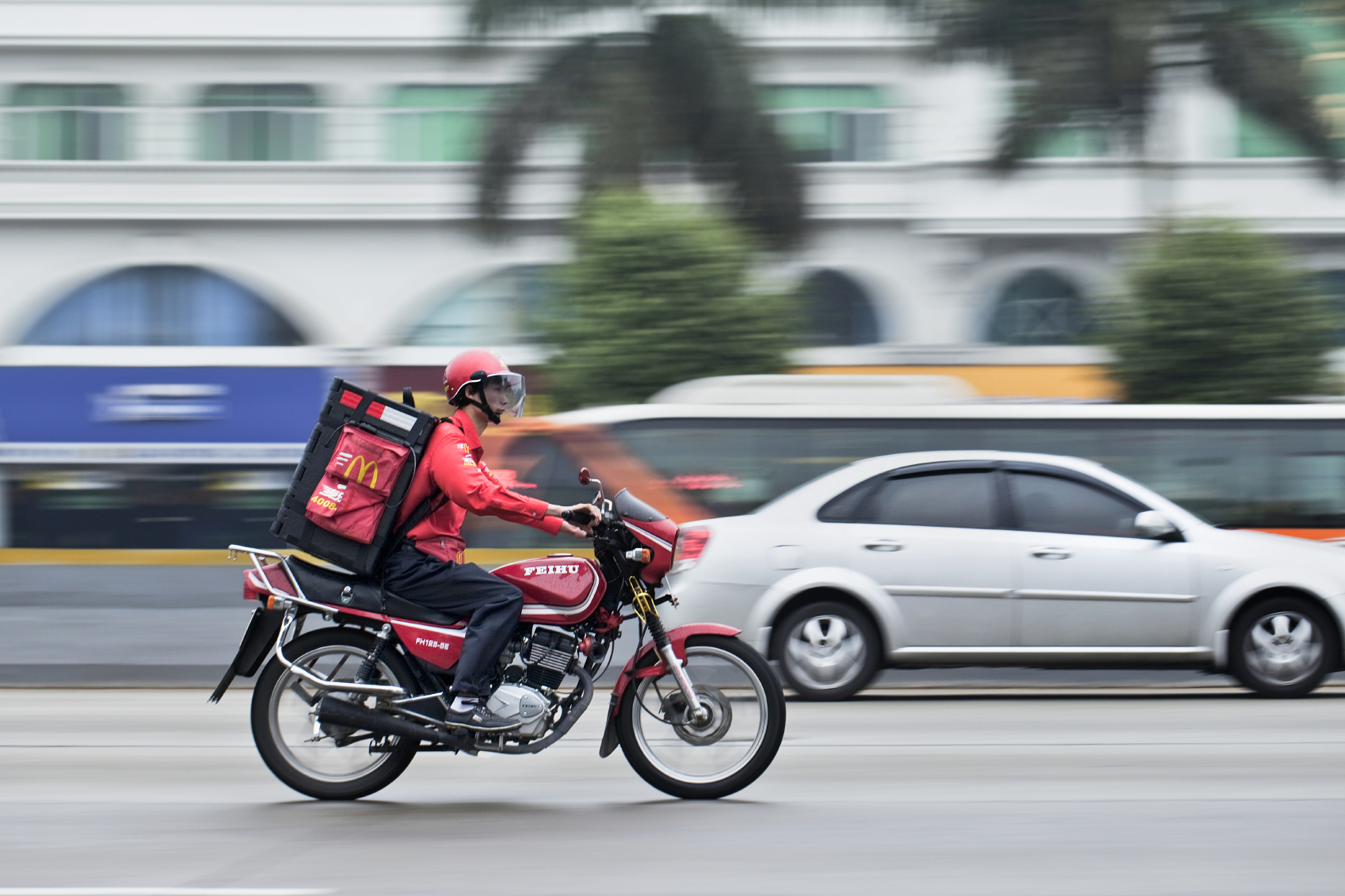What Happened
Popular ride-sharing service Lyft has teamed up with Justin Bieber in a rather odd bit of cross-promotion. Request a Lyft ride under the designated “Bieber Mode” starting this Thursday through Nov. 19 and you will receive an offer to download the Canadian pop singer’s new album for half-off.
Although this partnership between Lyft and Bieber may seem a bit “out there,” it is important to note that Lyft and its arch rival Uber are certainly no stranger to this kind of stunt marketing, Back in May, Uber launched a brief cross-promotion with Mad Max: Fury Road where Uber drivers in Seattle dressed up as characters from the movie. Similarly, Lyft offered Back To The Future-themed rides for one day last month in New York City to celebrate the movie’s legacy. In February, Lyft also tried a guerilla marketing campaign which graffitis hopscotch-style ads on some sidewalks of San Francisco.
What Brands Need To Do
Unlike these aforementioned campaigns designed to court publicity and create buzz, this new “Bieber Mode” marks Lyft’s first entry into a direct sales campaign, where album purchases will be directly attributed to rides. Random as this partnership may seem, it does point to new creative ways for brands to promote their products via popular on-demand services and reach consumers with value offers in unexpected scenarios.
Source: AdWeek
